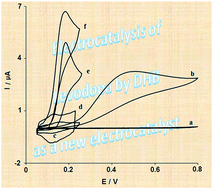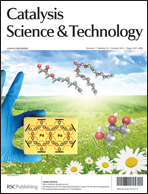Carbon nanotubes and (4-((E)-(2-methyl-4-nitrophenylimino) methyl) benzene-1,2-diol) modified glassy carbon electrode as a new electrocatalyst for oxidation of levodopa
Abstract
This work investigates the electrocatalytic activity of (4-((E)-(2-methyl-4-nitrophenylimino) methyl)


 Please wait while we load your content...
Please wait while we load your content...